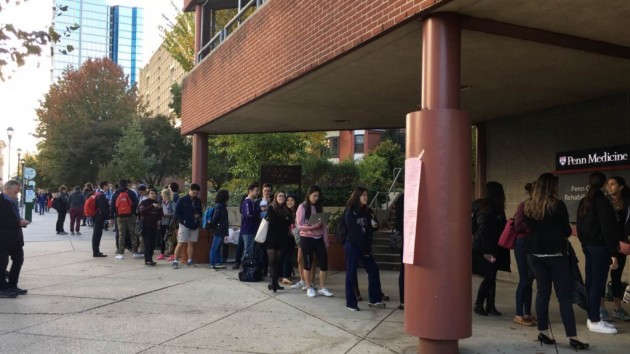Aside from poor health, a higher death rate is one way health disparities affect the Black community. Although health care access is a major factor, it is not the only reason that racial disparities exist.
Minorities are more likely than Whites to suffer from heart disease, diabetes, and high blood pressure. "African American males have a high mortality from cancer in the U.S. Our males are dying more than any other nation,” said Erica Jones, a project assistant at the National Center on Minority Health and Health Disparities (NCMHD).
These and other chronic illnesses are linked to social and economic status. According to the Population Resource Center, in 2000, $30,439 was the median income for blacks, the highest ever recorded up until that time. Lower income families are more likely to buy cheaper foods that are high in sodium and fats. The dietary habits of whites tend to reflect higher income and levels of education.
"People in the lower income brackets don’t concern themselves with preventative care because that would be an extra financial burden. They [usually] only concern themselves when they are physically sick. By that time it might already be too late," said Olamide Davies, a first year Howard University Pharmacy student.
Davies also said that most people are unaware that, if asked, local pharmacists are required to educate patients about medication usage. Patients can use the pharmacy as an educational tool as opposed to just a place to pickup medicine.
The lack of health care education in black communities is an important cause of health disparities. As a result, numerous prevention and intervention programs are available. According to Jones, NCMHD targets historically black colleges and Universities because minority doctors might be more passionate about educating and treating patients of color.
The organization has created programs at schools such as North Carolina A&T, Tuskegee University in Alabama, and Spelman College in Atlanta, to encourage more African Americans to immerse themselves in the health care field. NCHMD also hosts programs at the University of Puerto Rico, and in the Virgin Islands, acknowledging that the problem does not only exist for minorities in America.
Other programs like Racial and Ethnic Approaches to Community Health (REACH) 2010, an initiative designed by the Centers for Disease Control (CDC), are also aimed at eliminating the health disparities within minority communities.
REACH 2010 names African Americans, Alaska Natives, American Indians, Asian Americans, Hispanic Americans, and Pacific Islanders as the groups experiencing the most disparities. It maps out a ten year plan (2000-2010) to significantly shrink the health problems existing among these groups of people. This plan targets the affected groups in the areas of health where they lag behind.
Although it will take several years to significantly lessen or eliminate issues of racial disparities, making people aware of resources and empowering them to utilize them are the greatest barriers to bridging the health gap.




